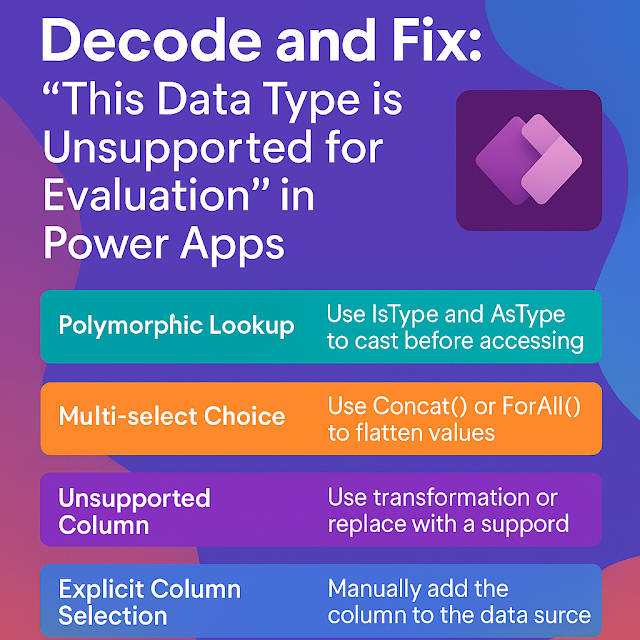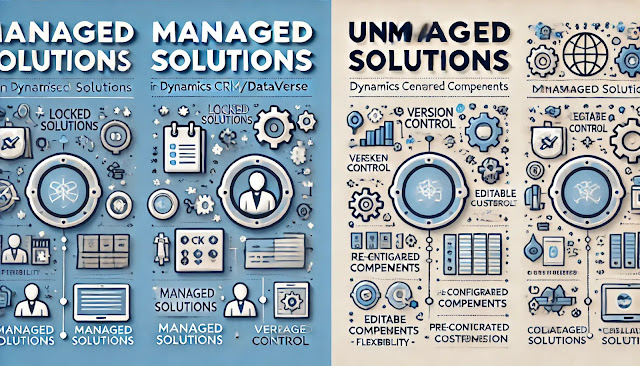Who Does What? An Overview of Power BI Workspace Roles
A Power BI Workspace is a collaborative environment within Microsoft Power BI where users can create, manage, and share Power BI content such as reports, dashboards, datasets, and dataflows. Think of it as a container that holds all the essential elements related to a specific project or department. A Power BI Workspace is a collaborative environment within Microsoft Power BI where users can create, manage, and share Power BI content such as reports, dashboards, datasets, and dataflows. Think of it as a container that holds all the essential elements related to a specific project or department.
Why is a Power BI Workspace Important?
- Content Management: Manage datasets, reports, dashboards, and dataflows.
- Collaboration: Work together with your team on shared content.
- Role-Based Security: Assign Admin, Member, Contributor, or Viewer roles.
- Integration: Integrate with other Microsoft tools like Teams, Excel, and Azure.
- Data Refresh: Schedule automatic updates to ensure data is always current.
In this blog, we will explore workspace security focusing on the concept of role-based security. A role in this context represents a set of permissions or access rights assigned to a group of users. It defines the actions a user can perform and the resources they can access within a system or application.
"To be secure on the internet is to be aware, prepared, and vigilant." — Unknown
In Power BI, a workspace is a collaborative environment where you can create, manage, and share content like reports, dashboards, datasets, and dataflows. To manage access and responsibilities, Power BI uses role-based permissions within each workspace.
Here are the four main workspace roles in Power BI:
Admin Role (Full Access) ( 🔑 )
The Admin role has the highest level of permissions in a workspace.
Permissions:
- Create, view, edit, and delete content (reports, dashboards, datasets).
- Manage workspace settings (security, access, integrations).
- Add, update, and remove workspace members.
- Publish, share, and distribute content to other users.
- Manage workspace permissions for other users.
- View and configure data sources and refresh schedules.
- Ability to take over ownership of datasets.
- Manage deployment pipelines and content endorsement.
- Assign roles to other users.
Ideal For:
Team leads, managers, and BI administrators who need full control.
Member Role (High-Level Permissions) ( 📝 )
The Member role has permissions slightly lower than Admin but still substantial.
Permissions:
- Create, view, edit, and delete content within the workspace.
- Publish and update reports and datasets.
- Share dashboards and reports with other users.
- View, build, and edit Power BI apps created from the workspace.
- Schedule data refreshes and create reports.
- Cannot change workspace settings or manage members.
- Cannot delete the workspace.
Ideal For:
BI developers and analysts responsible for content creation and maintenance.
Contributor Role (Moderate Permissions) (✏️)
The Contributor role is mainly for users who need to upload and update content but not manage the workspace.
Permissions:
- Create, view, and edit reports, dashboards, and datasets.
- Upload files and create new content in the workspace.
- Can edit existing reports and update data connections.
- Cannot share content or manage permissions.
- Cannot delete the workspace or change workspace settings.
- Limited ability to publish apps.
Ideal For:
Team members who actively contribute data and reports but do not manage the workspace.
Viewer Role (Read-Only Permissions) (👁️)
The Viewer role is intended for users who only need to view and consume reports.
Permissions:
- View dashboards and reports shared with them.
- Cannot edit, create, or delete any content.
- Can interact with reports (filtering, drilling down, etc.) if permissions are granted.
- Cannot upload files, publish reports, or refresh datasets.
- No ability to share content with others.
Ideal For:
Stakeholders, managers, and end users who need to consume data but not modify it.
Summary:
- Assign roles based on function, not individual preference.
- Use groups for better scalability and management.
- Limit Admin access and perform regular audits.
- Educate users and monitor changes to maintain a secure and organized workspace.
Managing workspace roles effectively in Power BI ensures secure, organized, and collaborative environments. Here are some best practices to follow when assigning and managing workspace roles:













Comments
Post a Comment